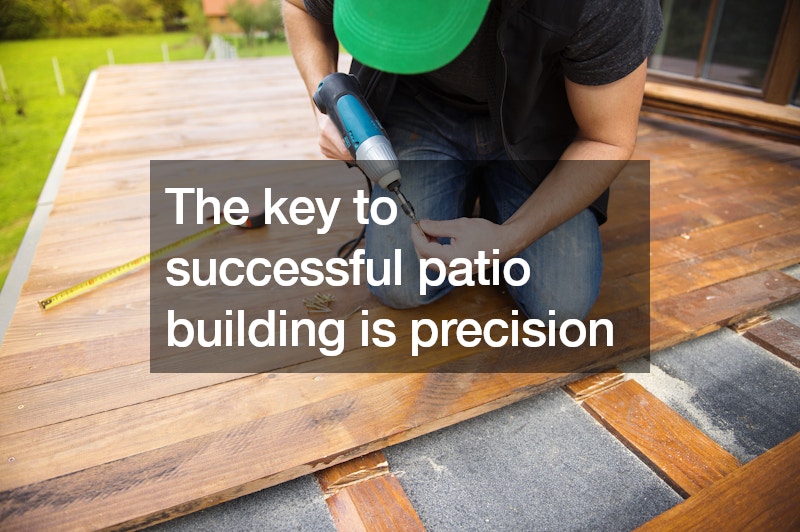The key to successful patio building is precision regarding the subbase material and flexibility in the patio size. Using the correct subbase materials to the proper depth and compaction ensures the long-term performance of the patio.
Flexibility in the patio dimensions allows you to avoid cutting the pavers to meet a target patio size rather than setting a target size and getting as close as possible to the target size using full-size bricks.
There are three levels of subbase: the raw or native soil, the imported material, and the sand or screed. The raw soil level is the most important, partly because it is the deepest. Ideally, patio building occurs on settled or compacted soil without organic matter that will later decompose. Regardless of its compaction level, you still want to compact it with a 1,000-pound plate compactor to ensure everything is settled and reasonably level.
After preparing the raw soil, you add imported material such as class 5 stone or 3–4-inch rock and fines that keep the larger rocks in place. You need 3-4 inches of imported material when patio building and 8-10 inches for heavy trucks or equipment. The last step is to add 1 inch of sand. More sand allows undesired shifting in the future. Sand makes for easy maintenance since you add supplementary sand as needed.
